
Vernier Caliper
$7,850.00 Original price was: $7,850.00.$6,850.00Current price is: $6,850.00.
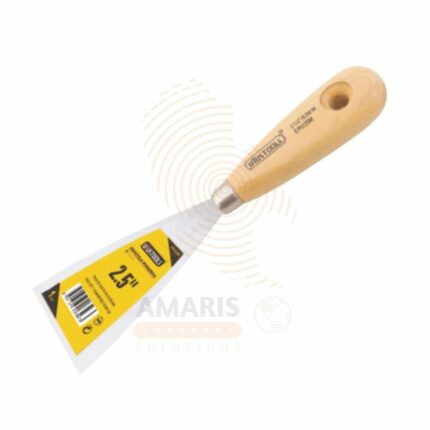
Putty Knife
$4,660.00 Original price was: $4,660.00.$4,160.00Current price is: $4,160.00.
Rivet
$6,700.00 Original price was: $6,700.00.$6,200.00Current price is: $6,200.00.
WhatsApp Order
A rivet is a permanent mechanical fastener consisting of a cylindrical shaft with a head at one end. During installation, the shaft is passed through aligned holes in two or more pieces of material, and then the other end of the shaft is deformed to create a second head, effectively creating a secure and tight joint. Rivets are commonly used to fasten and join materials like metal sheets, plates, or components where a strong, durable, and vibration-resistant connection is required. They come in various types, such as solid, blind, and pop rivets, each suited to specific applications and installation conditions.
SKU:
AHS42626-2-2-1
Category: Rivets & Riveter
Description
Rivet Uses
- Aerospace Industry:
- Rivets are extensively used in the aerospace industry to join aluminum and other lightweight materials in the construction of aircraft structures. They help create strong and durable connections while maintaining a low overall weight.
- Automotive Industry:
- Rivets are used in automotive manufacturing for joining components like body panels, frames, and other structural elements. They provide a secure and durable connection in areas that may experience significant stress and vibration.
- Construction and Building:
- In the construction industry, rivets are employed to connect structural steel elements, bridge components, and architectural features. They offer a reliable solution for joining materials that need to withstand the forces associated with buildings and infrastructure.
- Shipbuilding:
- Rivets have historical significance in shipbuilding, and although welding has become more common, rivets are still used in some marine applications. They help secure various components in the construction of ships and boats.
- Railroad Industry:
- Rivets are utilized in the assembly of railway cars and tracks. They provide a strong and durable connection that can withstand the constant vibrations and loads experienced in the rail industry.
- Electronic and Electrical Devices:
- Rivets are used in the assembly of electronic and electrical devices. They help secure components in place and provide a stable connection in applications where welding or screws may not be suitable.
- Leather Goods and Fashion:
- In the manufacturing of leather goods and fashion accessories, rivets are commonly used for decorative and functional purposes. They can be found in items such as belts, bags, and footwear.
- DIY and Home Repairs:
- Rivets are used in DIY projects and home repairs for fastening and joining materials. They are commonly employed in tasks like attaching metal brackets, reinforcing structures, and repairing or assembling various household items.
- Military and Defense:
- In military and defense applications, rivets are used to assemble and connect components in equipment, vehicles, and structures. They contribute to the overall strength and reliability of these systems.
- HVAC Systems:
- Rivets are used in the assembly of heating, ventilation, and air conditioning (HVAC) systems. They provide a secure and lasting connection in the fabrication of ductwork and other components.
Reviews (0)
Be the first to review “Rivet” Cancel reply
Related products
Hand Riveter
A hand riveter is a manually operated tool designed for joining or fastening materials together by driving a rivet through them. It typically consists of a pair of handles, a rivet-holding mechanism, and a mechanism for compressing and deforming the rivet to securely fasten two or more materials. Hand riveters are commonly used in various industries and applications, providing a portable and convenient means of creating strong and permanent connections without the need for power tools.
Heavy Duty Riveter
A heavy duty riveter is a manual tool designed for the installation of rivets in various materials, such as metal, plastic, or leather, by providing a mechanical advantage to the user for efficient and high-force rivet setting. Typically constructed with robust materials, it features a sturdy frame, ergonomic handles, and a mechanism that allows users to compress and deform rivets securely. This type of hand tool is particularly suitable for applications where a durable and powerful riveting solution is required, such as in construction, automotive repairs, or metalworking.
Light Duty Riveter
A light duty riveter refers to a handheld or portable tool designed for relatively less demanding or smaller-scale riveting tasks. Riveters are used to join materials, typically metal sheets, by deforming and fastening them together with a rivet. The term "light-duty" implies that the riveter is intended for tasks that involve thinner materials or require less force, making it suitable for applications where a compact and maneuverable tool is sufficient. These tools are commonly used in various DIY projects, automotive repairs, and other applications where a more robust or industrial-grade riveter may not be necessary.
Riveter
A riveter is a tool or a person skilled in the use of a riveting tool, which is a device used to join or fasten materials together by driving a metal pin or bolt (called a rivet) through the aligned holes of the materials and then securing it on the other side. Riveting is a method of permanent fastening that has been widely used in construction, manufacturing, and metalworking industries to create strong and durable connections between components.
Scissor Action Riveter
A scissor action riveter refers to a type of blind rivet that employs a scissor-like mechanism during its installation. This rivet typically consists of two parts: a body and a mandrel. The mandrel is pulled into the body by a tool, and as this process occurs, the rivet's legs spread apart in a scissor-like fashion to securely fasten materials together. This design is commonly used in applications where access to both sides of the joint is limited, making it suitable for blind or hidden fastening. Scissor action rivets are known for their ease of installation and ability to provide a reliable and tight joint in various materials.


 Acrylic Sealants
Acrylic Sealants Adhesive Application Tools
Adhesive Application Tools Construction Adhesives
Construction Adhesives Double-Sided Tape
Double-Sided Tape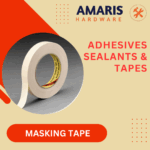 Masking Tape
Masking Tape Epoxy & Resins
Epoxy & Resins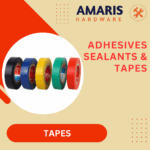 Duct Tape
Duct Tape Electrical Tape
Electrical Tape
 Auto Body Repair Tools
Auto Body Repair Tools Automotive Wrenches & Socket Sets
Automotive Wrenches & Socket Sets Battery Chargers & Jump Starters
Battery Chargers & Jump Starters Car Jacks & Stands
Car Jacks & Stands Car Wash & Detailing Products
Car Wash & Detailing Products Diagnostic Tools
Diagnostic Tools Tire Inflators & Wheel Tools
Tire Inflators & Wheel Tools Oil & Lubricants
Oil & Lubricants Vehicle Lighting
Vehicle Lighting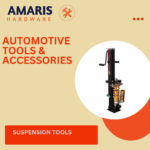 Suspension Tools
Suspension Tools Vehicle Maintenance Tools
Vehicle Maintenance Tools
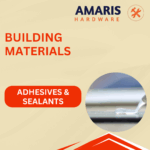 Adhesives & Sealants
Adhesives & Sealants Bricks & Blocks
Bricks & Blocks Cement & Concrete
Cement & Concrete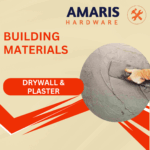 Drywall & Plaster
Drywall & Plaster Insulation Materials
Insulation Materials Roofing Materials
Roofing Materials Paints, Primers & Coatings
Paints, Primers & Coatings Marking & Layout Tools
Marking & Layout Tools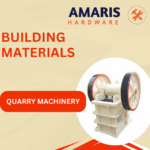 Quarry Machinery
Quarry Machinery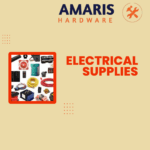
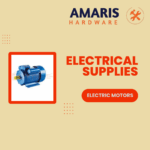 Electric Motors
Electric Motors Electrical Boxes & Panels
Electrical Boxes & Panels Electrical Cables & Wires
Electrical Cables & Wires Extension Cords & Power Strips
Extension Cords & Power Strips Fuses & Relays
Fuses & Relays Lighting Fixtures & Bulbs
Lighting Fixtures & Bulbs Conduit & Fittings
Conduit & Fittings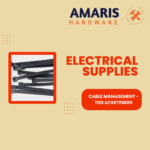 Cable Management
Cable Management Measuring & Test Equipment
Measuring & Test Equipment Circuit Breakers
Circuit Breakers Connectors & Terminals
Connectors & Terminals Switches & Sockets
Switches & Sockets
 Screws
Screws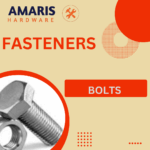 Bolts
Bolts Nuts
Nuts Washers
Washers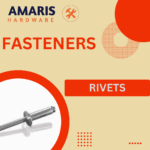 Rivets & Riveter
Rivets & Riveter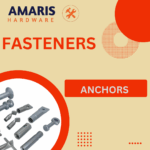 Anchors
Anchors Nails
Nails Threaded Rods
Threaded Rods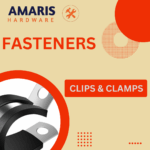 Clips & Clamps
Clips & Clamps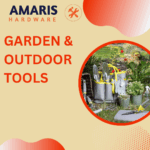
 Garden Fencing
Garden Fencing Garden Furniture Hardware
Garden Furniture Hardware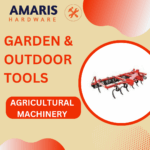 Agricultural Machinery
Agricultural Machinery Lawn Mowers
Lawn Mowers Trimmers & Edgers
Trimmers & Edgers Shovels & Spades
Shovels & Spades Rakes & Hoes
Rakes & Hoes Pruning Shears & Loppers
Pruning Shears & Loppers Watering Systems
Watering Systems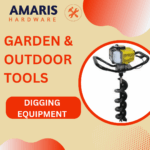 Digging Equipment
Digging Equipment Pond Equipment
Pond Equipment
 Generator Accessories
Generator Accessories Inverters
Inverters Diesel & Gasoline Generators
Diesel & Gasoline Generators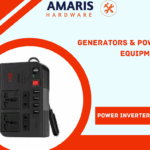 Power Inverters
Power Inverters Transfer Switches
Transfer Switches Portable Generators
Portable Generators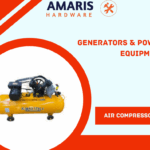 Air Compressor
Air Compressor Pressure Washers
Pressure Washers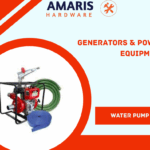 Water Pumps
Water Pumps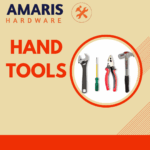
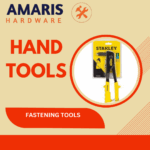 Fastening Tools
Fastening Tools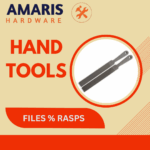 Files & Rasps
Files & Rasps Glass working Tools
Glass working Tools Hammers
Hammers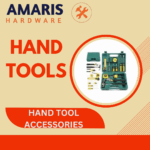 Hand Tool Accessories
Hand Tool Accessories Screwdrivers
Screwdrivers Wrenches & Spanners
Wrenches & Spanners Pliers & Cutters
Pliers & Cutters Saws & Blades
Saws & Blades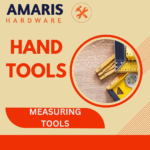 Measuring Tools
Measuring Tools Chisels & Punches
Chisels & Punches Allen Keys & Hex Keys
Allen Keys & Hex Keys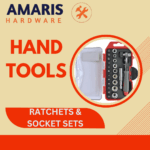 Ratchets & Socket Sets
Ratchets & Socket Sets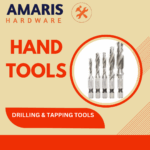 Drilling & Tapping Tools
Drilling & Tapping Tools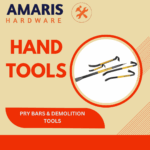 Pry Bars & Demolition Tools
Pry Bars & Demolition Tools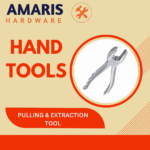 Pulling & Extraction Tools
Pulling & Extraction Tools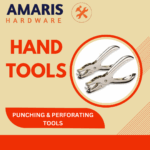 Punching & Perforating Tools
Punching & Perforating Tools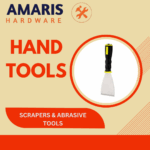 Scrapers & Abrasive Tools
Scrapers & Abrasive Tools Utility Knives
Utility Knives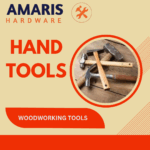 Woodworking Tools
Woodworking Tools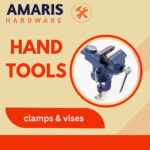 Clamps & Vises
Clamps & Vises
 Hinges & Latches
Hinges & Latches Hooks & Brackets
Hooks & Brackets Door Handles & Locks
Door Handles & Locks Drawer Slides & Cabinet Hardware
Drawer Slides & Cabinet Hardware Window Hardware
Window Hardware Chains & Cables
Chains & Cables Casters & Wheels
Casters & Wheels Shelving & Storage Systems
Shelving & Storage Systems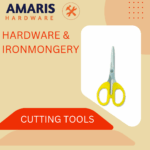 Cutting Tools
Cutting Tools
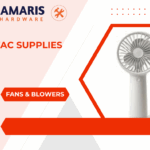 Fans & Blowers
Fans & Blowers HVAC Filters
HVAC Filters Insulation for HVAC
Insulation for HVAC Air Conditioners
Air Conditioners Ventilation Ducts & Fittings
Ventilation Ducts & Fittings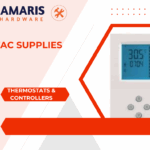 Thermostats & Controllers
Thermostats & Controllers Refrigerants
Refrigerants
 Food Processing Machinery
Food Processing Machinery Gaskets & Seals
Gaskets & Seals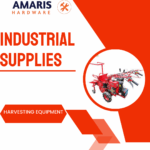 Harvesting Equipment
Harvesting Equipment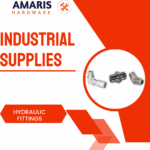 Hydraulic Fittings
Hydraulic Fittings Industrial Fasteners
Industrial Fasteners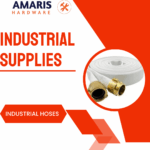 Industrial Hoses
Industrial Hoses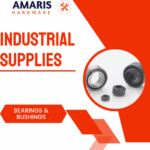 Bearings & Bushings
Bearings & Bushings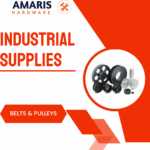 Belts & Pulleys
Belts & Pulleys Lubricants & Greases
Lubricants & Greases Metal Sheets & Bars
Metal Sheets & Bars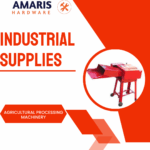 Agricultural Processing Machinery
Agricultural Processing Machinery Poultry Processing Equipment
Poultry Processing Equipment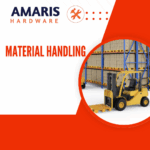
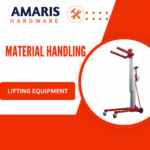 Lifting Equipment
Lifting Equipment Transport Equipment
Transport Equipment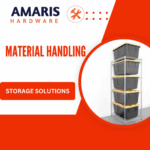 Storage Solutions
Storage Solutions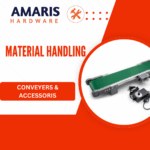 Conveyors and Accessories
Conveyors and Accessories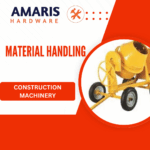 Construction Machinery
Construction Machinery Screening Equipment
Screening Equipment Heavy Machinery
Heavy Machinery
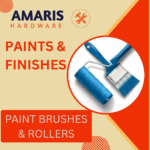 Paint Brushes & Rollers
Paint Brushes & Rollers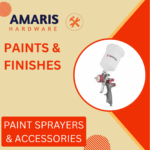 Paint Sprayers & Accessories
Paint Sprayers & Accessories Paint Strippers & Thinners
Paint Strippers & Thinners Paint Trays & Accessories
Paint Trays & Accessories Primers & Undercoats
Primers & Undercoats Interior Paints
Interior Paints Exterior Paints
Exterior Paints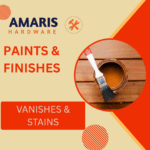 Varnishes & Stains
Varnishes & Stains Spray Paints
Spray Paints
 Pipes & Fittings
Pipes & Fittings Plumbing Tools
Plumbing Tools Pumps & Motors
Pumps & Motors Valves & Taps
Valves & Taps Faucets & Fixtures
Faucets & Fixtures Hoses & Tubing
Hoses & Tubing Water Heaters
Water Heaters Drainage Systems
Drainage Systems Sealants & Adhesives for Plumbing
Sealants & Adhesives for Plumbing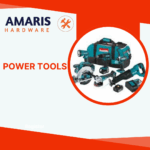
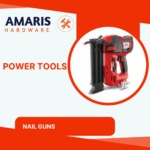 Nail Guns
Nail Guns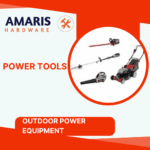 Outdoor Power Equipment
Outdoor Power Equipment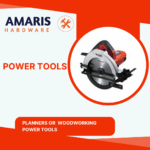 Planers or Woodworking Power Tools
Planers or Woodworking Power Tools Pneumatic Tool
Pneumatic Tool Power Tool Accessories
Power Tool Accessories Drills & Drivers
Drills & Drivers Saws
Saws Grinders & Sanders
Grinders & Sanders Heat Guns
Heat Guns Impact Wrenches
Impact Wrenches Batteries & Chargers
Batteries & Chargers Construction Power Tools
Construction Power Tools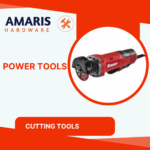 Cutting Tools
Cutting Tools Demolition & Breaking Tools
Demolition & Breaking Tools Router
Router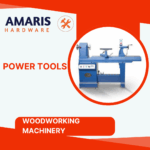 Woodworking Machinery
Woodworking Machinery
 Safes
Safes Security Cameras
Security Cameras Personal Protective Equipment (PPE)
Personal Protective Equipment (PPE) Fire Safety Equipment
Fire Safety Equipment Locks & Padlocks
Locks & Padlocks Motion Sensors & Alarms
Motion Sensors & Alarms
 Shelving Units
Shelving Units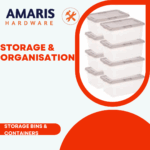 Storage Bins & Containers
Storage Bins & Containers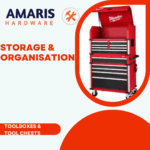 Toolboxes & Tool Chests
Toolboxes & Tool Chests Pegboards & Hooks
Pegboards & Hooks Workbenches
Workbenches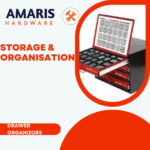 Drawer Organizers
Drawer Organizers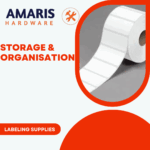 Labeling Supplies
Labeling Supplies
 Flux & Solder Wire
Flux & Solder Wire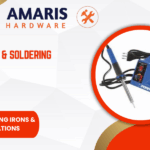 Soldering Irons & Stations
Soldering Irons & Stations Welding Accessories
Welding Accessories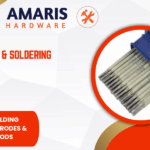 Welding Electrodes & Rods
Welding Electrodes & Rods Welding Helmets & Gloves
Welding Helmets & Gloves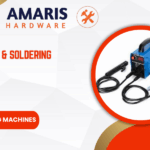 Welding Machines
Welding Machines Welding Safety Equipment
Welding Safety Equipment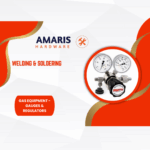 Gas Equipment – Regulators & Gauges
Gas Equipment – Regulators & Gauges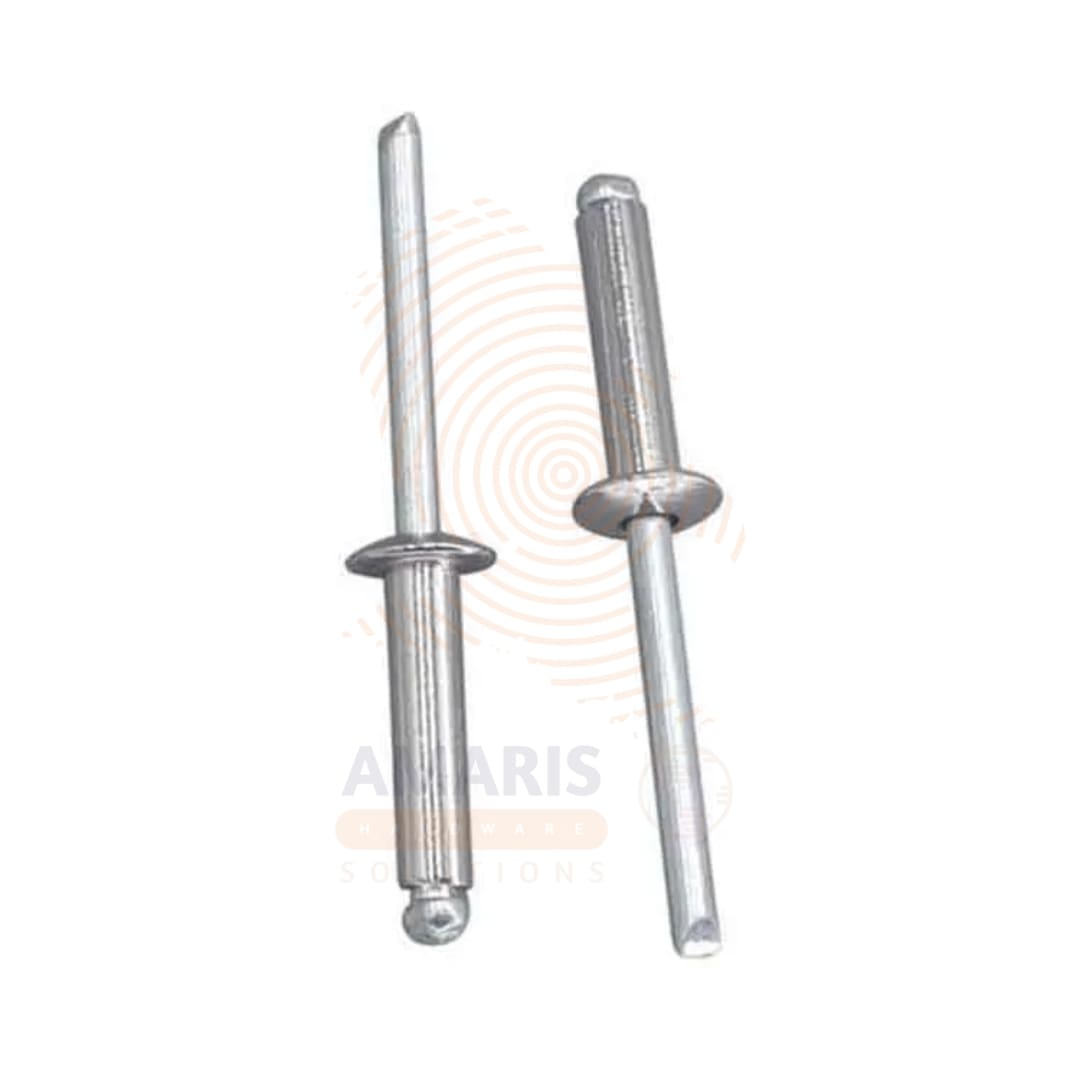
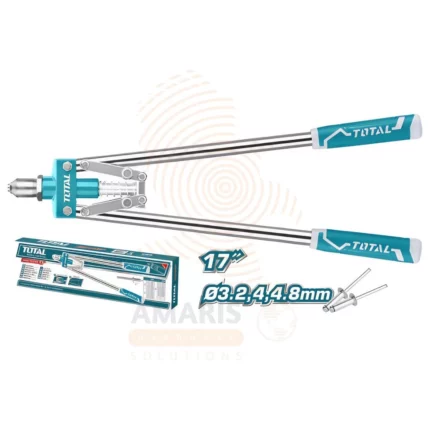
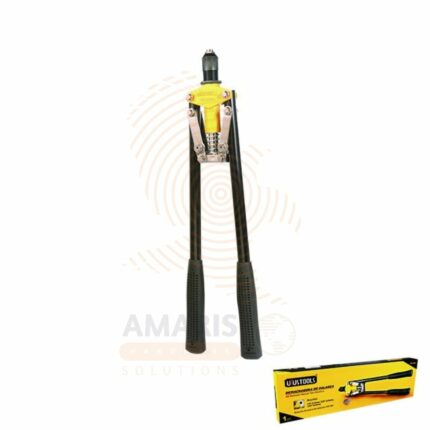
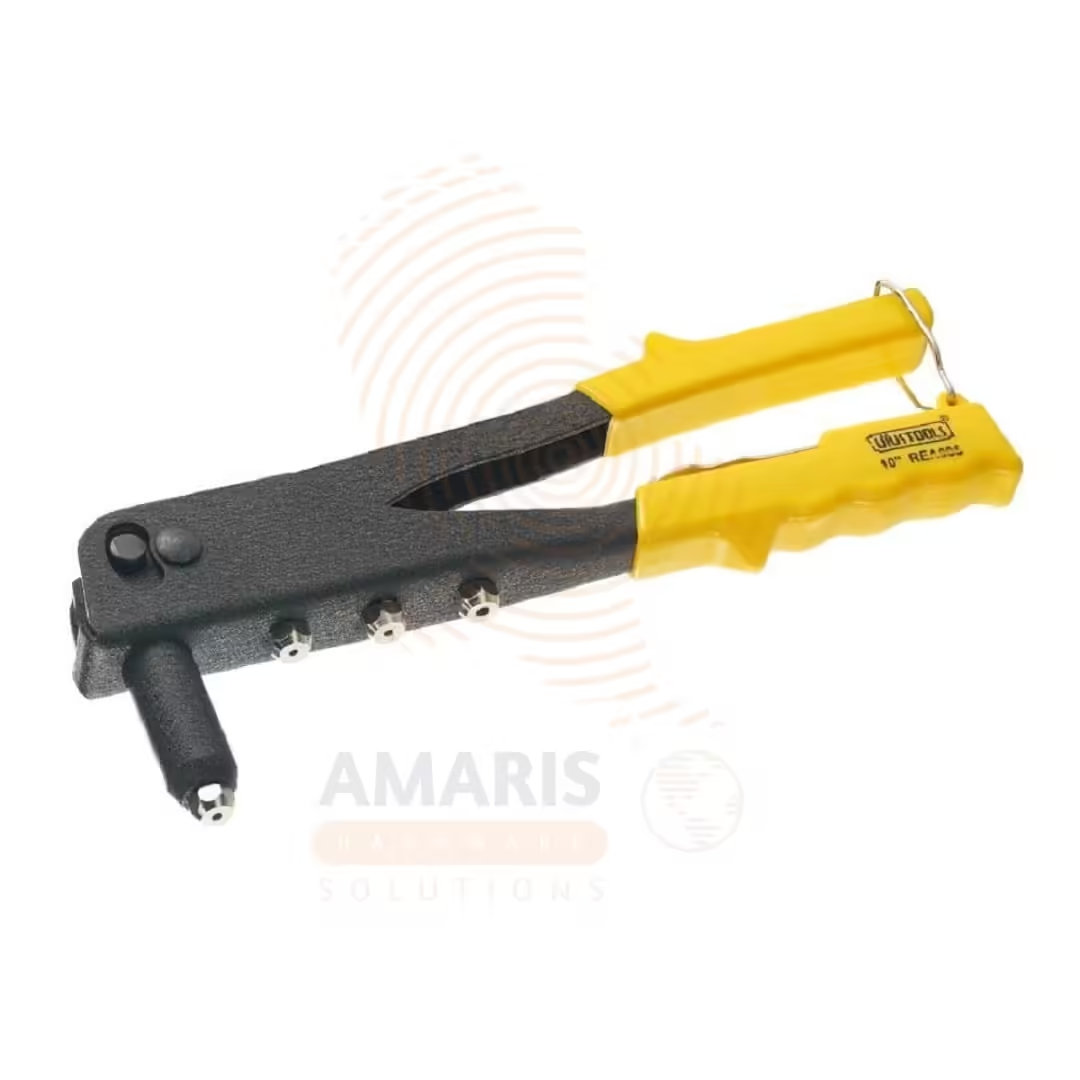
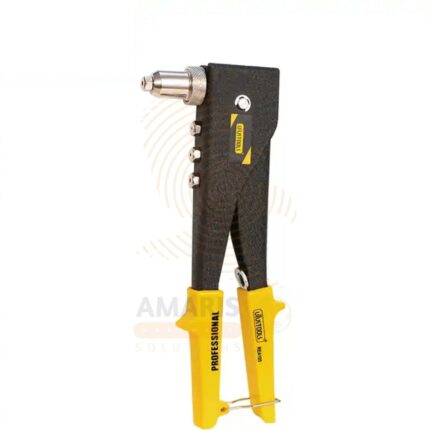
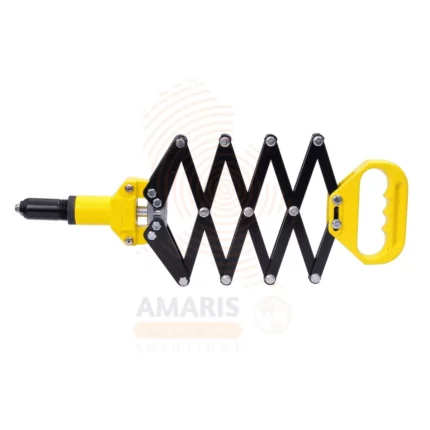
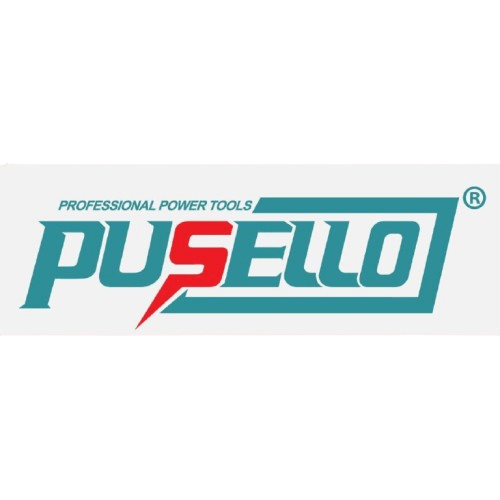
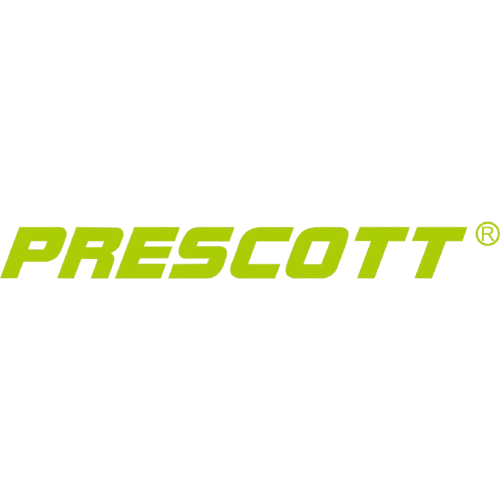

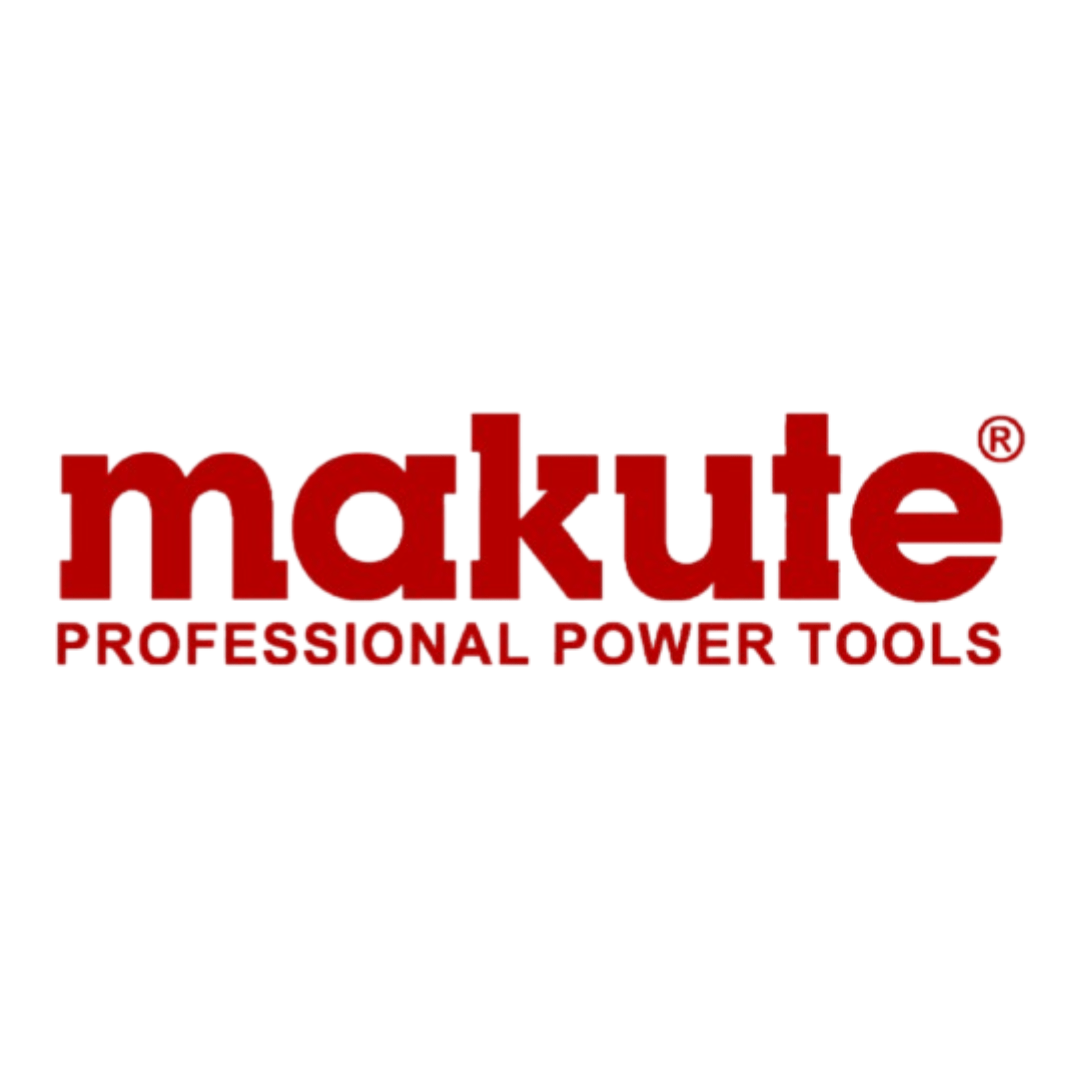

Reviews
There are no reviews yet.